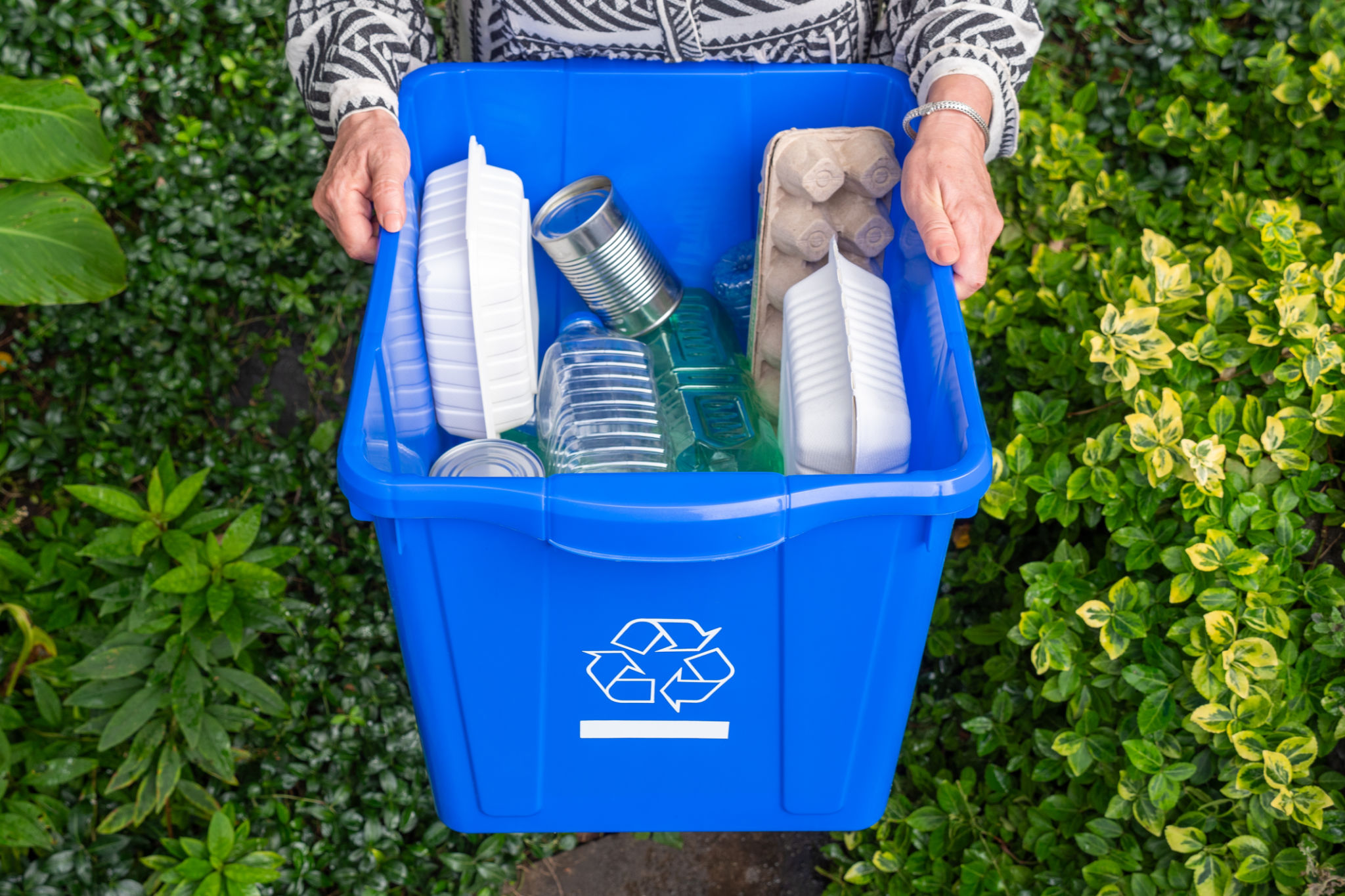DIY Tips for Maintaining a Clean and Healthy School Environment
Introduction to a Clean and Healthy School Environment
Maintaining a clean and healthy school environment is crucial for the well-being of students, teachers, and staff. A school that prioritizes cleanliness not only promotes good health but also enhances learning and productivity. Here are some DIY tips to help maintain a pristine educational setting.

Daily Cleaning Routines
Establishing a daily cleaning routine is essential in keeping the school environment germ-free. Classrooms, restrooms, and common areas should be cleaned and disinfected regularly. Encourage students to tidy up their desks and shared spaces at the end of each day.
Classroom Maintenance
Classroom cleanliness can be improved by involving students in simple tasks. Encourage them to wipe down their desks with disinfectant wipes and ensure all trash is disposed of properly. Teachers can also organize regular ‘clean-up days’ to instill a sense of responsibility among students.
Effective Waste Management
A proper waste management system is vital for maintaining hygiene. Schools should have clearly labeled recycling and waste bins in strategic locations to encourage proper waste disposal. Educate students about the importance of separating recyclables and non-recyclables.

Composting Initiatives
Consider starting a composting initiative to handle organic waste. Composting not only reduces the amount of waste sent to landfills but also provides educational opportunities for students to learn about sustainability and environmental responsibility.
Promoting Personal Hygiene
Personal hygiene plays a significant role in maintaining a healthy school environment. Schools should provide adequate facilities for handwashing and encourage regular hand hygiene among students and staff.
Hand Hygiene Practices
Ensure that restrooms are equipped with soap dispensers and hand dryers or paper towels. Encourage regular hand washing, especially before meals and after using the restroom. Posting informative posters about proper handwashing techniques can serve as a helpful reminder.

Air Quality Management
Good air quality can significantly impact students’ concentration and overall health. Regularly inspect HVAC systems to ensure they are functioning efficiently. Consider using air purifiers in classrooms and common areas to reduce allergens and pollutants.
Green Spaces
Introduce plants into classrooms and around the school premises. Plants not only enhance aesthetics but also help improve air quality by filtering out toxins. Involve students in planting activities to promote engagement with nature.
Conclusion
By implementing these DIY tips, schools can create a cleaner and healthier environment that supports both academic success and personal well-being. Encouraging active participation from students, teachers, and staff is key to sustaining these efforts long-term.
